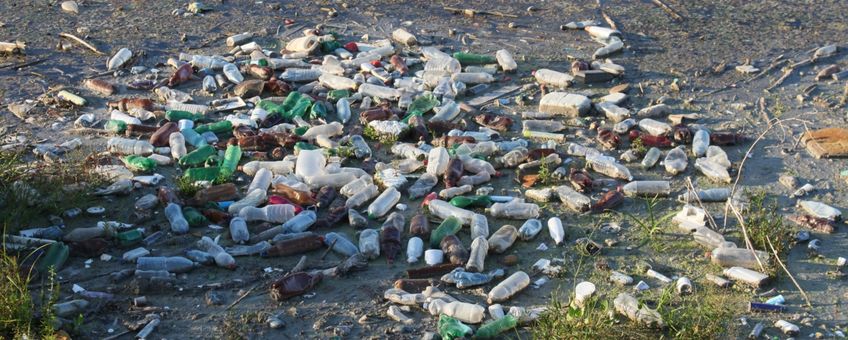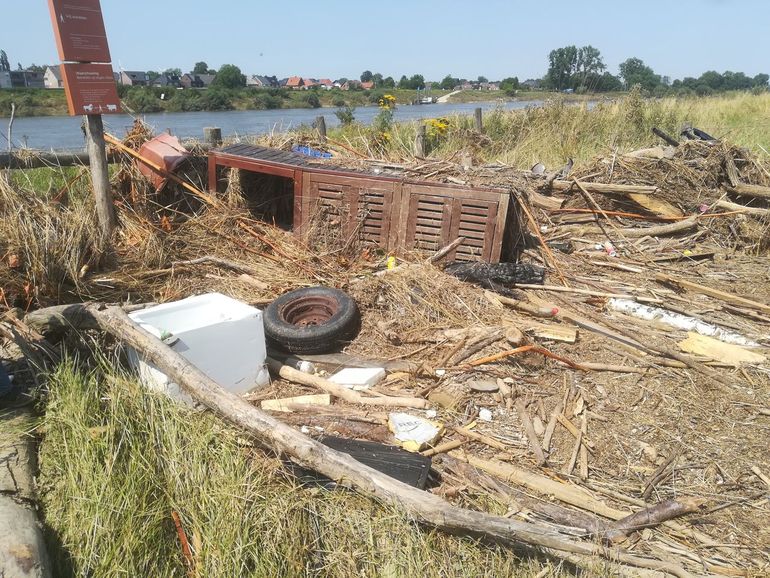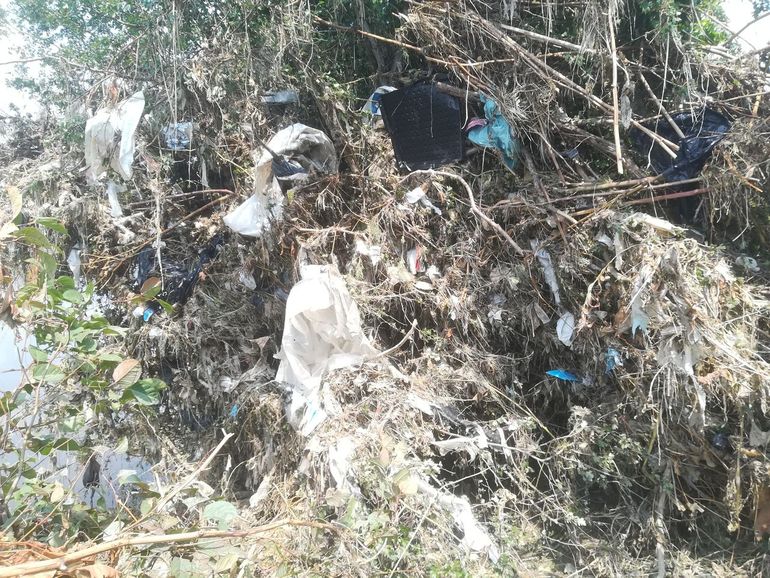
River floods and plastics: where did the litter go when the Meuse flooded?
Open University, De Noordzee Foundation, Wageningen Environmental Research, Wageningen University & ResearchResearchers of Wageningen University & Research, Heerlen Open University and the North Sea Foundation investigated the deposition and flushing of macroplastics in the Dutch Meuse river after the flood in 2021. One of their findings was that even during an extreme flood event like this, not all plastic litter is transported from a river into the sea, but most of it is actually washed onto the riverbanks. The study was recently published in Environmental Research Letters.
“Our observations help to understand more of what happens to macroplastics in the environment”, said Rahel Hauk, PhD candidate and lead author of the study. “We recommend to include extreme events like floods in plastic litter monitoring, to see their impact on plastic transport and deposition. Understanding these dynamics better is important. It could contribute to better prevention of plastic pollution and finding ways to manage it.”
Counting litter along the river Meuse
Macroplastics include all plastic waste larger than 0,5 centimeter. When they are released in the environment, rivers play an important role in their further distribution and deposition. Hauk: “During floods, the transport of floating macroplastics is known to increase. The floods in July 2021, which also affected the river Meuse, provided an unique opportunity for plastic pollution research.”
Within three weeks after the severe flood in July 2021, the research team counted and categorised plastic litter on sixteen riverbanks along the river Meuse. They compared plastic accumulation and flushing during this period, to accumulation on the same riverbanks during normal discharge conditions between 2018 and 2021. The data from these years were available from the Clean Rivers project (Dutch: Schone Rivieren), which has been monitoring litter along rivers since 2017.

Many macroplastics stay around after floods
Overall, there was more plastic litter found on the Meuse’s banks than what would be expected for that time of the year, as a result of the extreme flood. However, along the entire Dutch Meuse, there was still less plastic litter than is being deposited during average Dutch winters.
The research team noticed a strong difference between plastic deposition upstream (at the Belgian-Dutch border, where the flood was most severe) and more downstream. Close to the border there were almost 200 times more plastic items deposited due to the flood than at the most downstream location, close to Raamsdonksveer. This indicates that even during extreme floods, much of the plastic litter is not transported into the sea, but stays in the rivers or ends up on their banks.

More soft plastics and wet tissues
The researchers saw that after the flood macroplastics smaller than 2,5 centimeter were flushed away from the riverbanks into the river, whereas soft plastic fragments up to 0,5 meter, and wet tissues were brought onto the banks. This suggests that how macroplastics move in rivers, and where they come from, can be different during floods compared to normal times. For example, the flood caused a significant sewer overflow, which may explain the increase in wet tissues.
Text: Wageningen Environmental Research
Images: Pixabay.com (lead image, litter on a shore); Rahel Hauk
